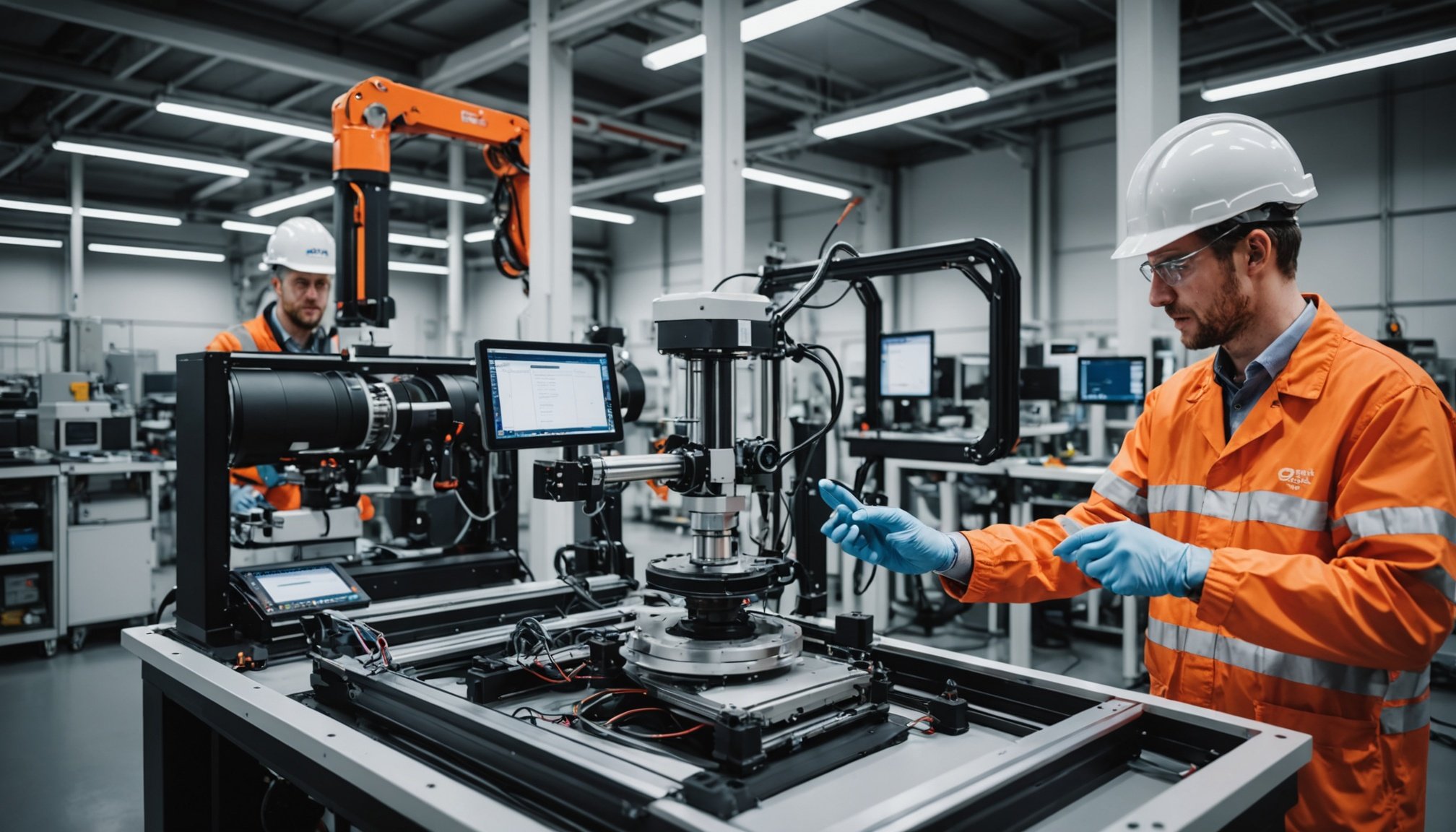Overview of Digital Twin Technology
Digital twin technology is essentially a virtual replica of a physical entity, like a product, process, or system, designed to simulate real-world scenarios. This innovative model enables industries to visualize and evaluate different aspects of a product throughout its lifecycle. A digital twin consists of three main components: a physical entity, the digital or virtual representation of that entity, and their interconnected data, forming a comprehensive feedback loop.
The evolution of digital twins in product development has significantly transformed UK industries, allowing for more proactive and innovative solutions. Initially used in aerospace, this technology has gradually permeated various sectors, including automotive and manufacturing. Digital twins now enable complete simulations and analyses, speeding up development cycles and enhancing product quality.
In the same genre : Harnessing data insights: innovative tactics for uk hospitality to foster customer loyalty
Current trends shaping digital twin technology in the UK involve advancements in AI and IoT. These innovations foster real-time data analysis, improving decision-making and product adaptability. As the UK market embraces these trends, the integration of digital twins continues to reshape product development approaches. Industries are now prioritising enhanced accuracies and reducing costs, establishing this technology as a pivotal part of their strategic growth plans.
Impact of Digital Twins on Product Development in the UK
Digital twins are revolutionising the product development cycle within UK industries by enabling more rapid and efficient creation of innovative strategies. This transformation is driven by digital twins’ ability to mirror physical entities, providing a full spectrum of analysis throughout the development stages.
Also read : Boosting visibility: digital marketing strategies for small uk businesses
Case Studies of Successful Implementations
Several UK companies have already embraced digital twins, leading to noticeable advancements. For example, aerospace firms have significantly enhanced their design processes, achieving reduced development times and unprecedented product accuracy. Automotive manufacturers have used these virtual replicas to conduct exhaustive pre-production testing, dramatically shortening time-to-market. These case studies underscore how digital twins facilitate a superior understanding of product behaviour under various conditions, leading to refined product strategies.
Key Benefits of Using Digital Twins
Adopting digital twins yields several benefits:
- Greater efficiency and productivity in development processes
- Significant cost savings through early error detection and predictive maintenance
- Enhanced capability to perfect products before physical prototyping, leading to faster market delivery
Challenges in Implementing Digital Twin Technology
Despite their advantages, implementing digital twins entails significant challenges, such as the need for substantial investment and overcoming traditional industry barriers. Companies must address these obstacles by fostering technological expertise and cultivating openness to change, thus ensuring a seamless transition into the digital age.
Strategic Recommendations for Organisations
Incorporating digital twin technology into the UK market requires thoughtful strategic planning. To maximise the benefits and drive successful digital transformation, businesses should adhere to best practices. A crucial step is to align digital twin initiatives with the organisation’s core objectives. This includes thorough assessment and integration of existing systems to create a seamless technological ecosystem.
Ensuring stakeholder buy-in is fundamental for a smooth transition. Regular communication and training foster a culture of adaptability, encouraging acceptance of innovative strategies. Establishing a dedicated management team will guide the project’s direction and resolve grievances, ensuring continuity.
Future-focused strategies should consider leveraging cutting-edge technologies like artificial intelligence and Internet of Things, further enhancing the potential of digital twins. Harnessing these innovations will expand capabilities and offer new dimensions of data analytics, propelling organisations towards higher efficiency.
Regularly monitoring and evaluating the implemented digital twin solutions helps maintain alignment with market changes and ensures the adaptability of products. Through sustained commitment and strategic adaptation, organisations can enhance their competitive edge in a dynamic landscape, unlocking transformative advantages provided by digital twins. This futuristic approach will pave the way for continual improvement, optimising both product development and organizational growth.
Future Trends in Digital Twin Technology
Digital twin technology is poised for transformative growth, driven by emerging technologies such as artificial intelligence (AI) and the Internet of Things (IoT). These advancements are expected to refine digital twin applications, ushering in new levels of precision and adaptability. By harnessing AI, digital twins can perform complex data analyses, enhancing predictive capabilities and enabling real-time decision-making. IoT integration, meanwhile, facilitates seamless data flow between physical objects and their digital replicas, allowing for continuous monitoring and optimization.
As digital twin technology evolves, the UK market trends suggest a significant shift towards more sophisticated applications. Industries are anticipated to leverage these innovations to improve operational efficiencies and product offerings, redefining strategic approaches to product lifecycle management. The potential for digital twins to encompass entire smart factory ecosystems and streamline supply chains is particularly promising.
Predictions for the evolution of digital twin applications also highlight a move towards more user-centric solutions. Businesses are likely to prioritise customisation, tailoring digital twins to meet specific organisational objectives. These trends will contribute to a more flexible and responsive industry landscape, ensuring that UK companies remain competitive in a rapidly advancing technological environment.











